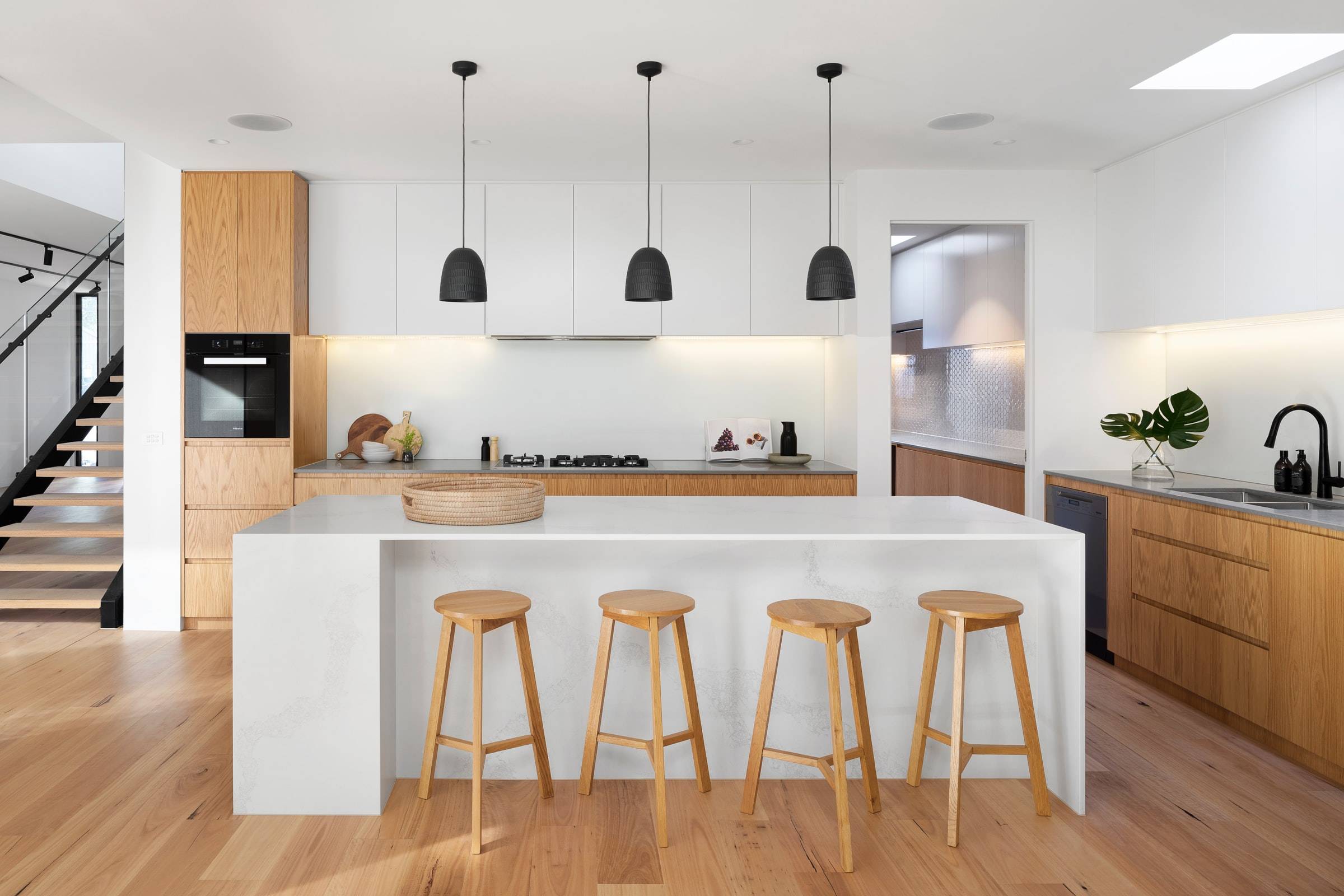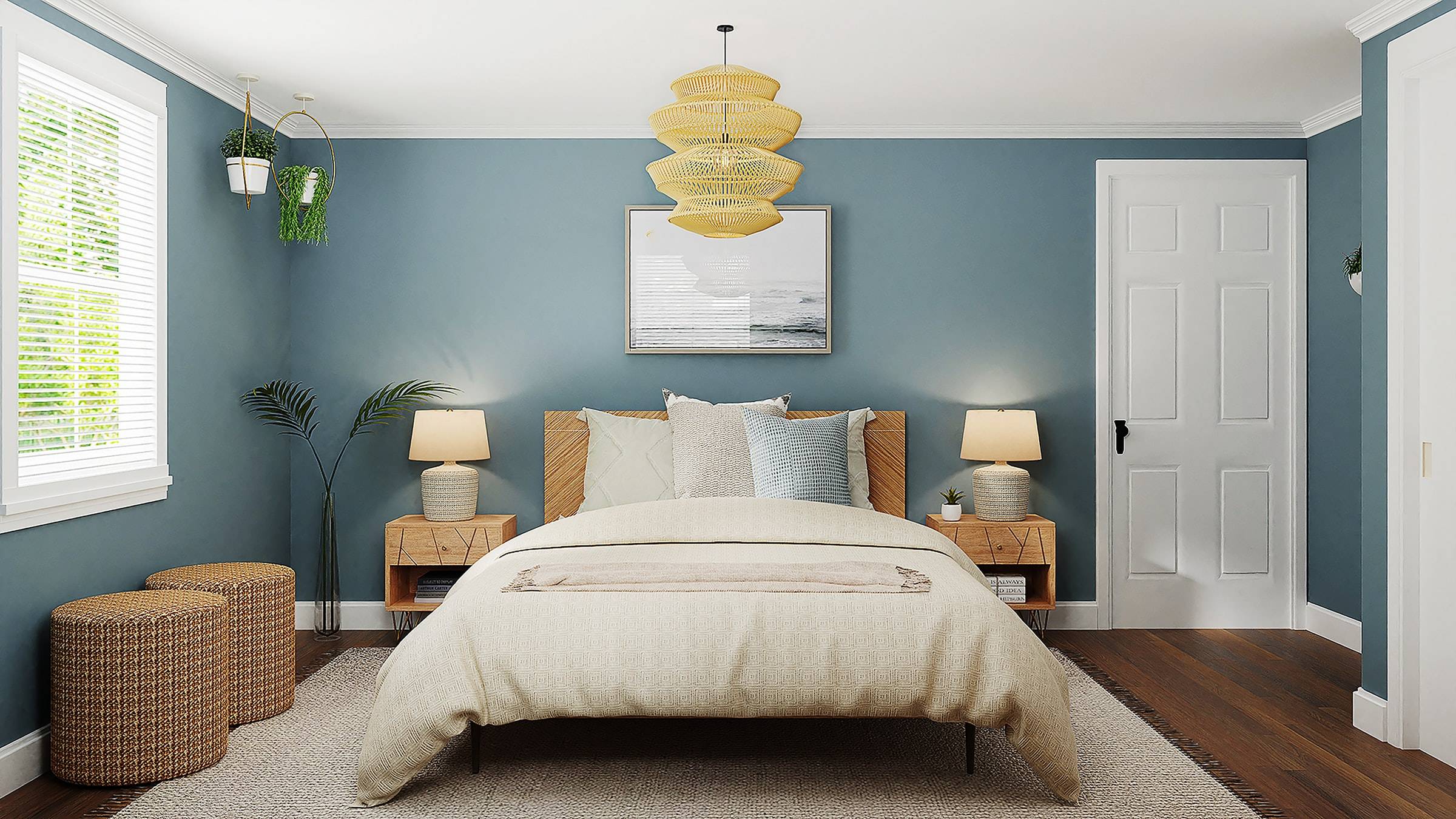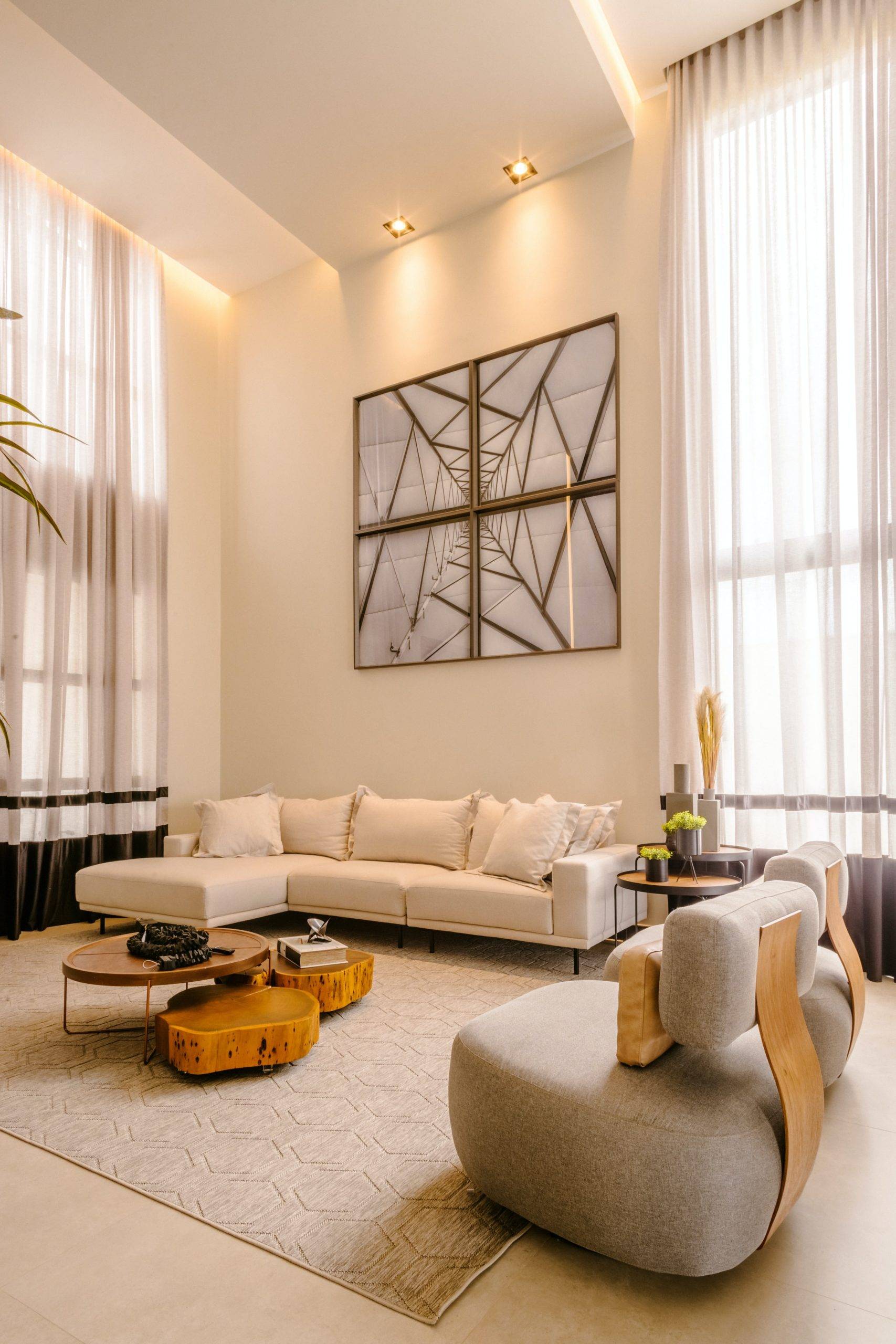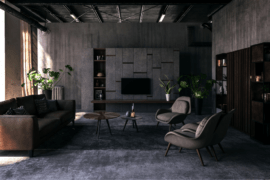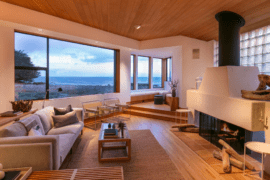Japandi design fuses the simplicity of Japanese interior design and the warmth of the famous Scandi style. Both seem to share many mutual traits, which unite to create a new style ideal for minimalist enthusiasts. Japandi style achieves a perfect balance by borrowing authentic elements such as natural textures, low seating, intelligent storage solutions, and neutral colors. The result is a cozy and inviting space that highlights functionality but doesn’t compromise on aesthetics. If you want to implement this fresh trend, this post will provide you with plenty of Japandi design style inspiration.
Color palette
When you work with neutrals, ending up with a dull and sterile look is quite common. Instead, designers recommend you introduce a variety of textures to spice things up. For example, woven baskets provide additional storage space while bringing a visual touch and distinctive texture.
Japandi design is all about achieving harmony between hues while combining the well-known Japanese and Scandi color schemes. The authentic style incorporates a wide range of muted neutrals, with warm accents for a nice visual touch and additional coziness. You can introduce off-white, beige, cream, and warm browns to bring a sense of dimension.
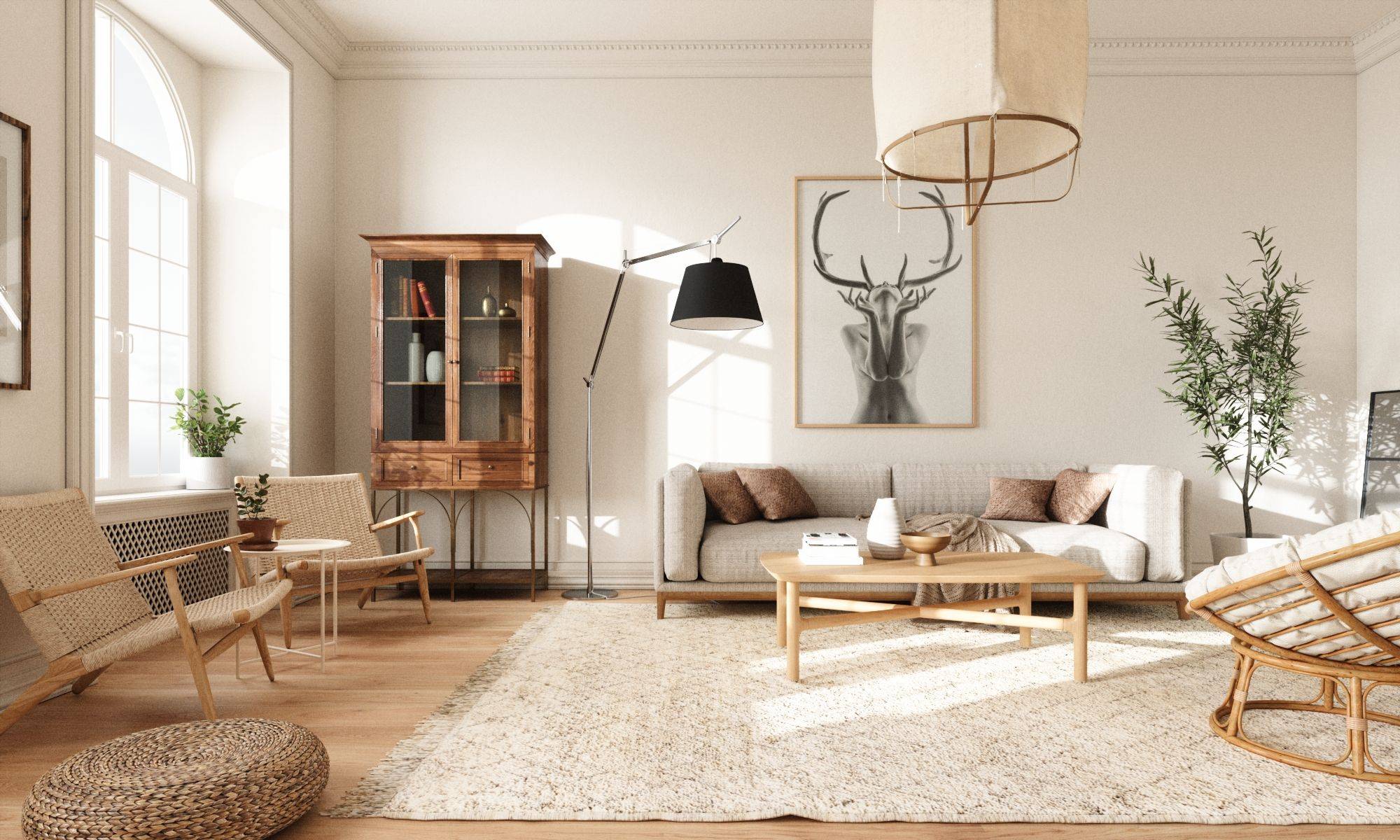
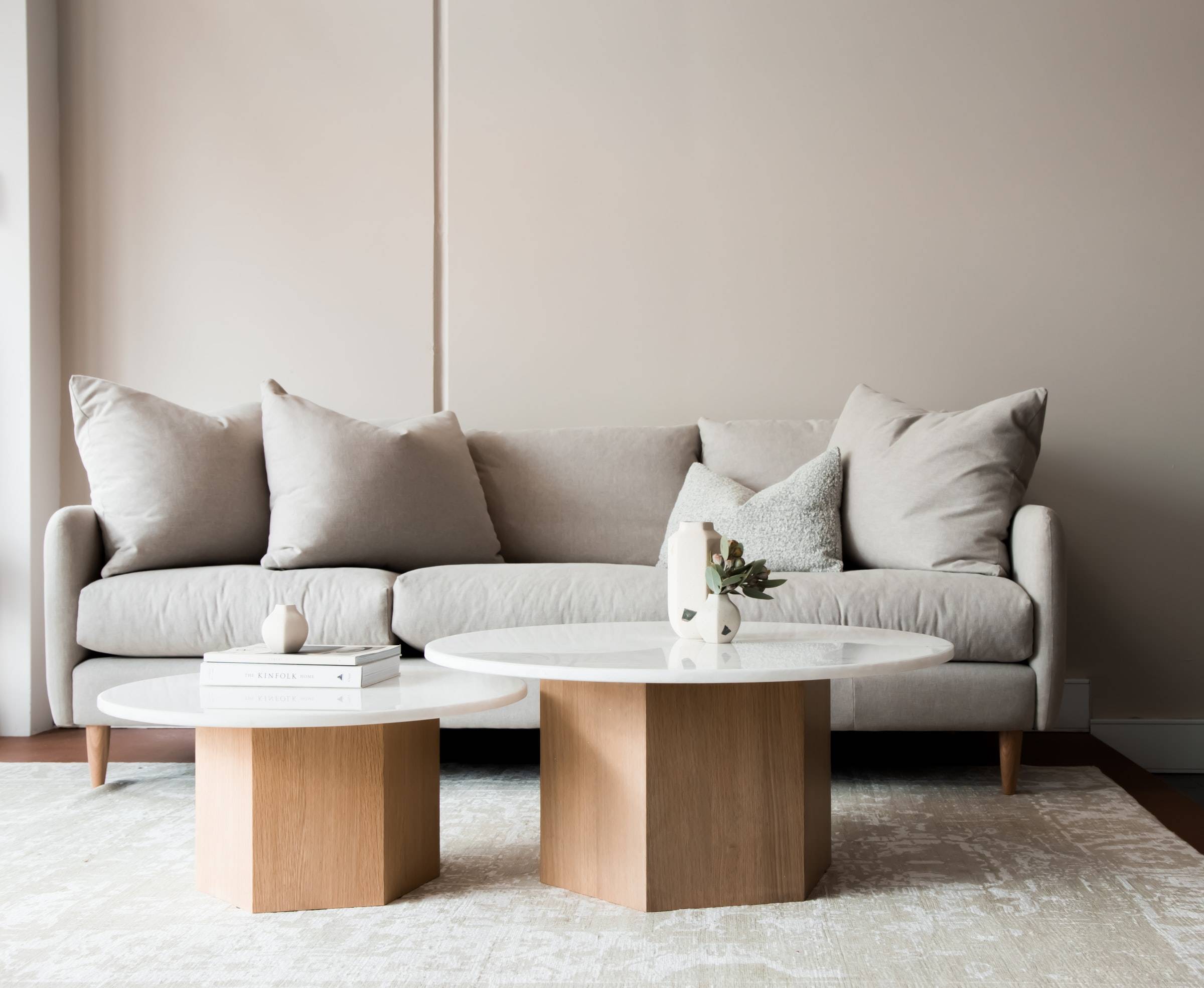
The contrasting sleek black chairs make a subtle statement in this dining room while blending nicely with the refined style.
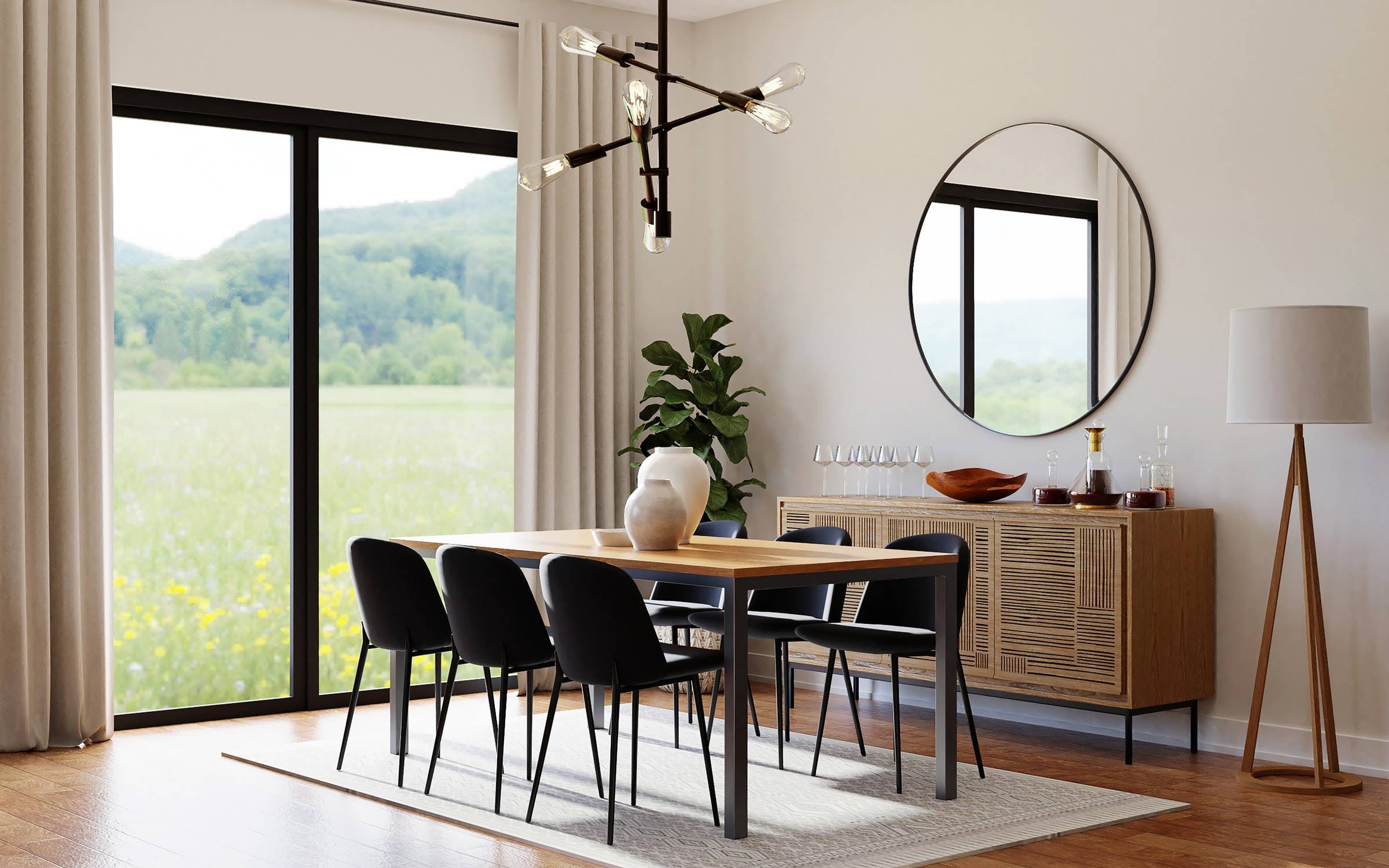
Curated mix of natural textures
Scandinavian style values the implementation of various natural textures meant to bring coziness and visual touch to neutral spaces. Japandi combines blonde wood with bamboo elements, a signature feature of the Japanese interior style.
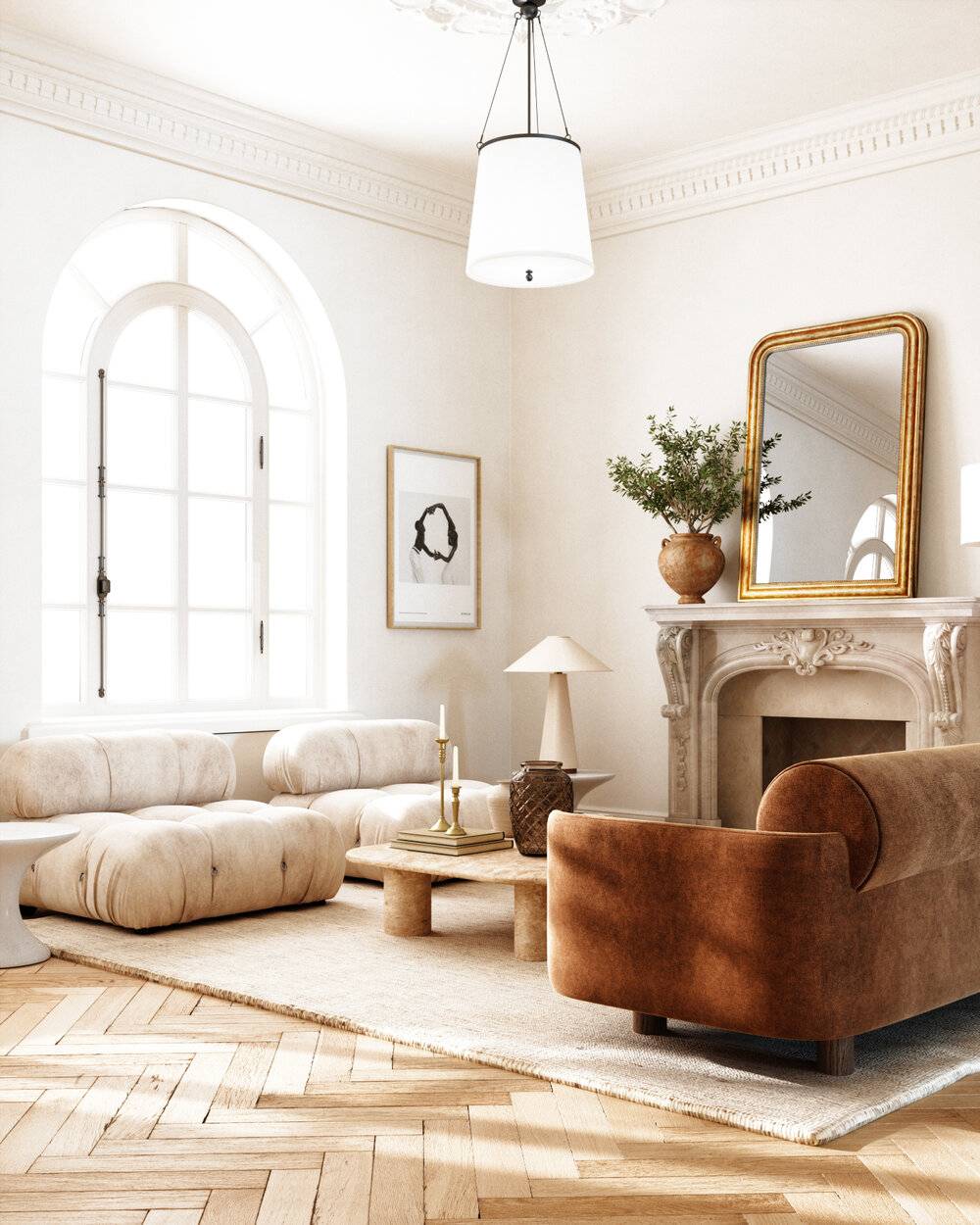
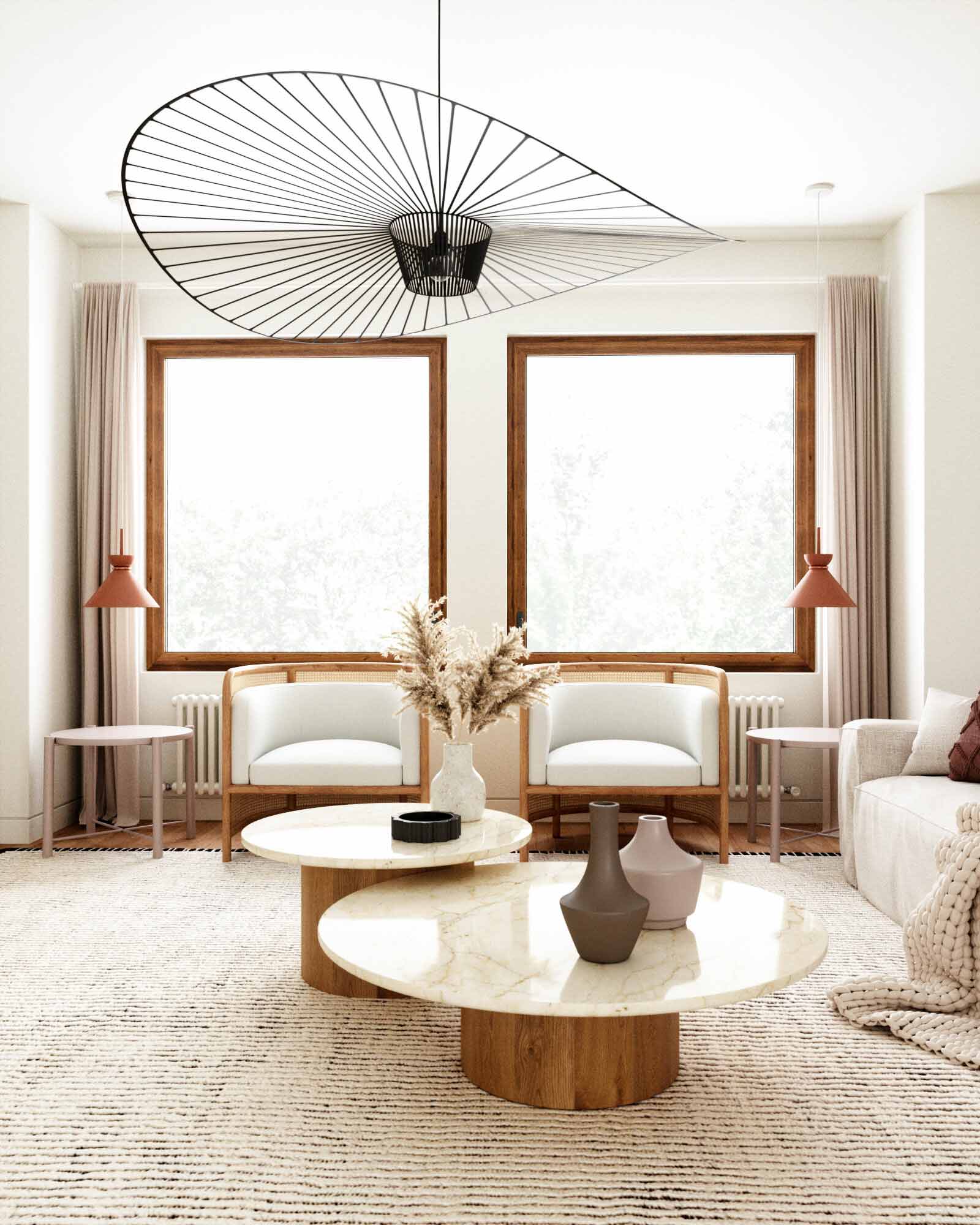
On the other hand, the Japanese style implements the wabi-sabi concept. This unique approach finds the beauty in rough and unfinished natural textures, highlighting the organic feel they bring to the space. This magnificent table embraces the natural stone texture, showing off its authenticity and conveying an organic feeling.
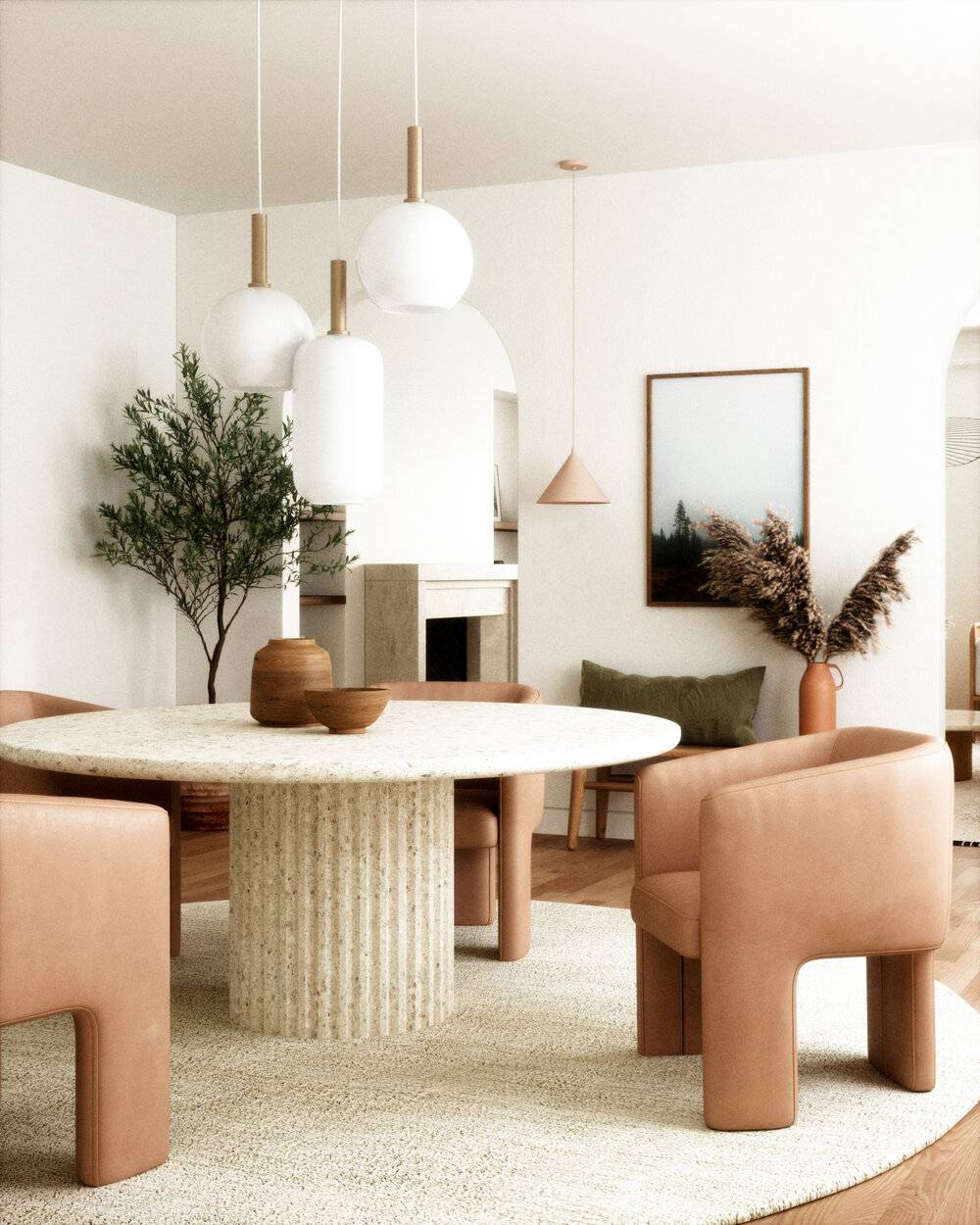
Greenery
Japandi carries the natural tendency from both styles, so decorating with houseplants is a must. Leafy and luscious plants will bring nature’s touch to the space while injecting a dose of freshness. Monsteras, snake plants, and fiddle leaf figs are excellent options to make a striking statement that complements this interior style.
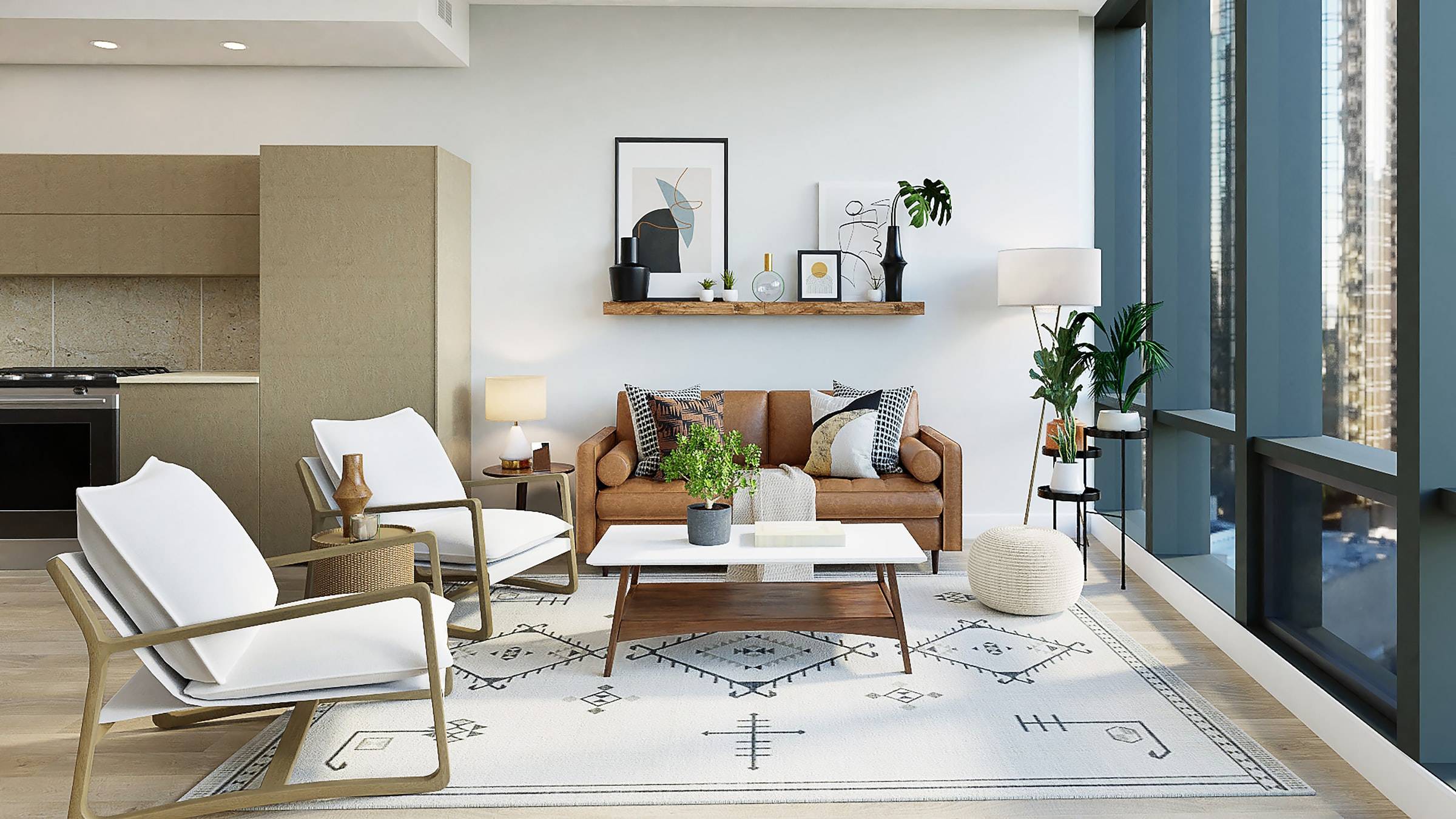
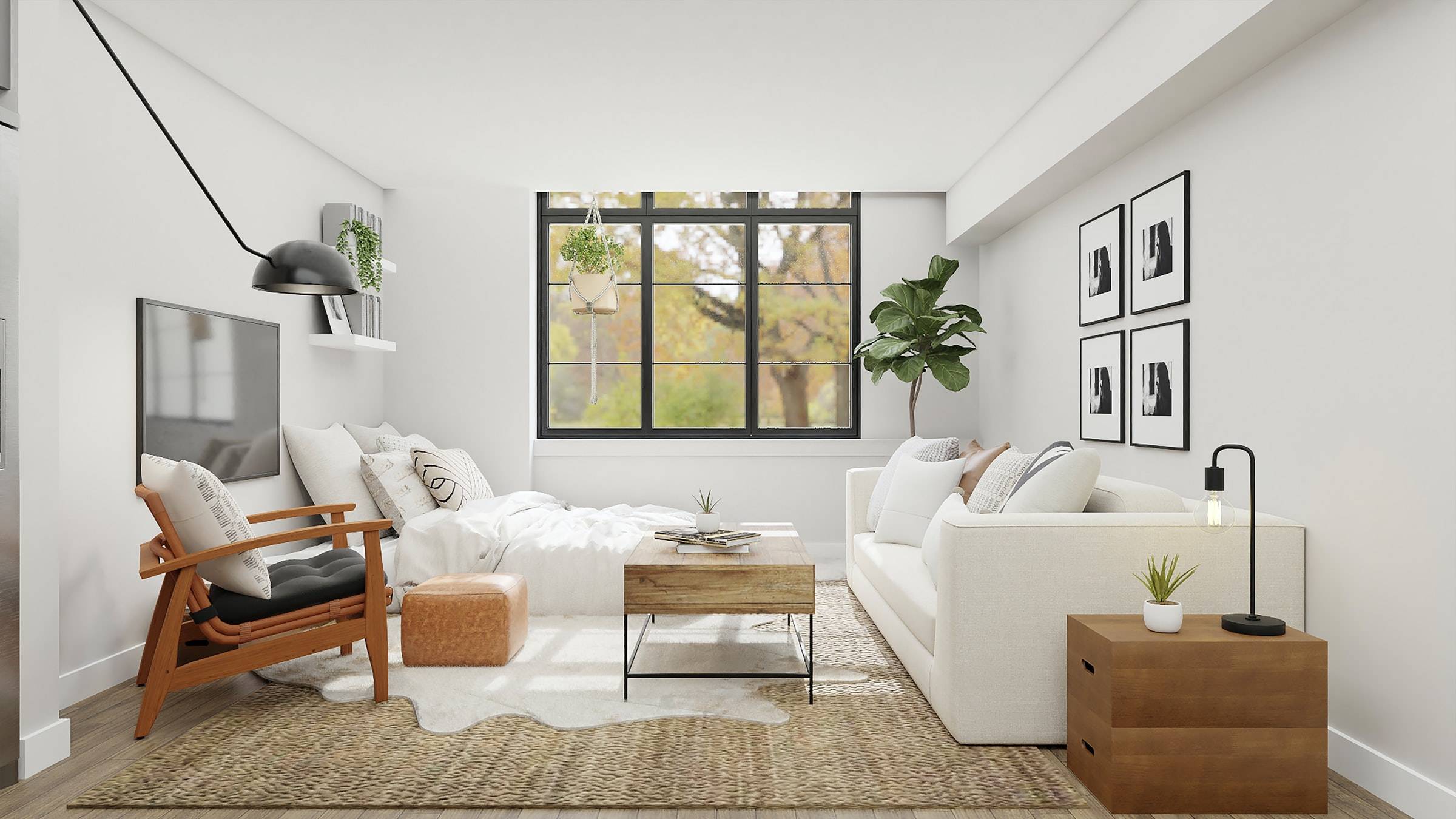
Sleek storage options
With minimalism and functionality as the basic principles, clutter can be a problem that ruins the aesthetics. Therefore, the Japandi style calls for discrete storage options that blend with the environment. Get sleek and minimalist storage boxes and baskets to conceal the clutter and keep your home neatly organized.
